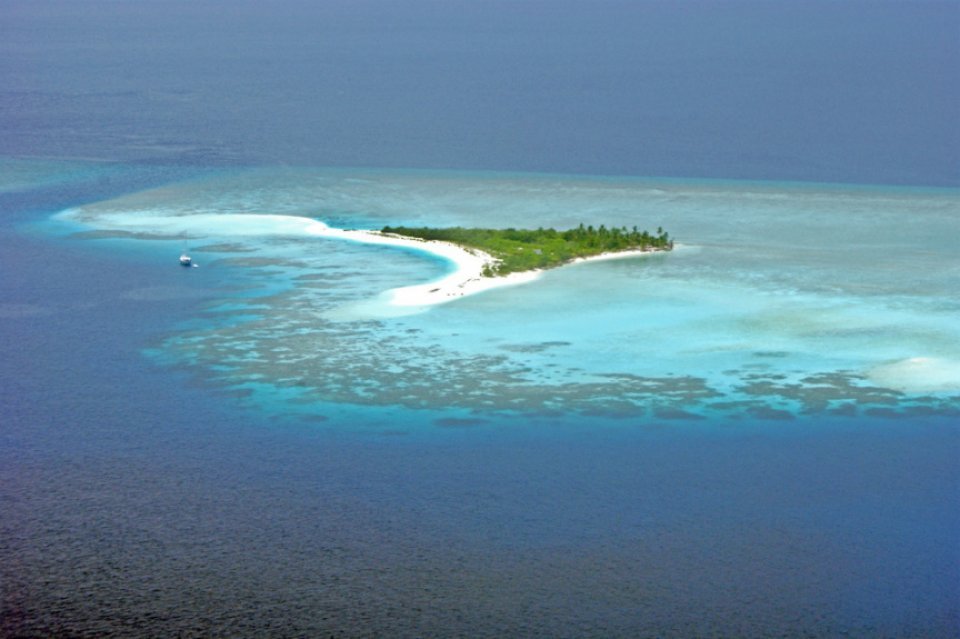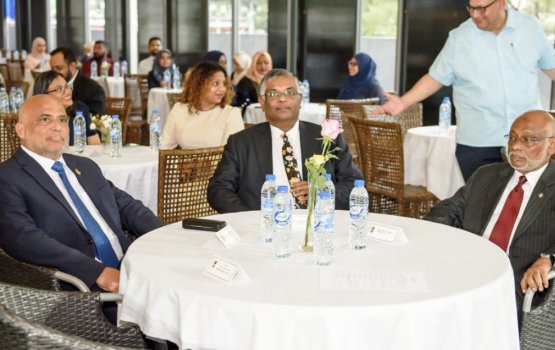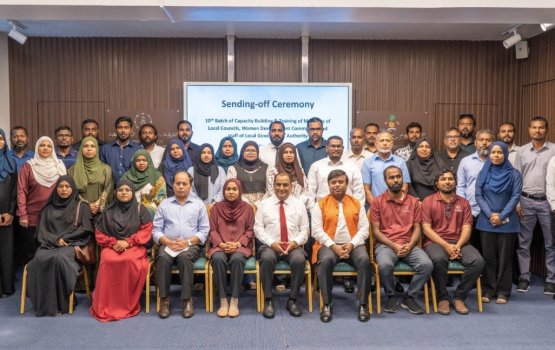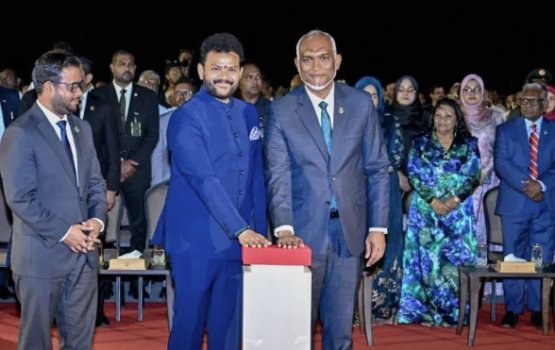President Ibrahim Mohamed Solih has decided to designate five eco-rich sites in Lhaviyani Atoll as protected areas, upon the recommendation of his Cabinet.
The President decided to designate protected status to Maagadhu (Anemone)Thila; Dhiffushi-Maadhoo, the northernmost island of the Atoll; Sellhifuhshi Island wetlands area; Maakoa Island; Vavvaru Island and Dhandifalhu Island reef and lagoon; Dhandifalhu Island sandbank; and Dhashugiri Island sandbank.
The President's Office said that during today's online meeting, the Ministry of Environment shared a paper regarding the reasons for recommending protected status for these areas. They cited several reasons such as research reports; first-hand reports from craftsmen in the area (fishermen and farmers); NGOs; associations and experts from the environmental field as well traditional knowledge from our ancestors passed down through the generations.
It also said while submitting the paper, the Minister of Environment noted that under the law of environmental protection and prevention, two other areas in the Atoll had also previously been protected - the Fushithila area, on 27th September 1995, and Kureddhoo reef and lagoon (Kureddhoo express) area, on 21st October 1999.
He also noted that areas for protection had been recommended following consultations with the ministries, authorities, and other relevant parties. Further, he noted that the progress of infrastructure at Faadhippolhu Atoll will continue to be developed without affecting these areas, adding that protecting these areas will benefit future generations through eco-tourism as well as integrated tourism.
The Solih Administration earlier declared 14 areas from Haa Alif, Haa Dhaalu, Shaviyani, and Noonu Atoll in addition to ‘Farikede Faru,’ a marine site in Fuvahmulah City, and 4 sites from Addu city as protected sites, under Section 4 of the Environmental Protection and Preservation Act of Maldives (Act No: 4/93), in accordance with the Administration’s Strategic Action Plan.
It plans to designate at least one island, one reef, and one mangrove, in each atoll as protected areas.








